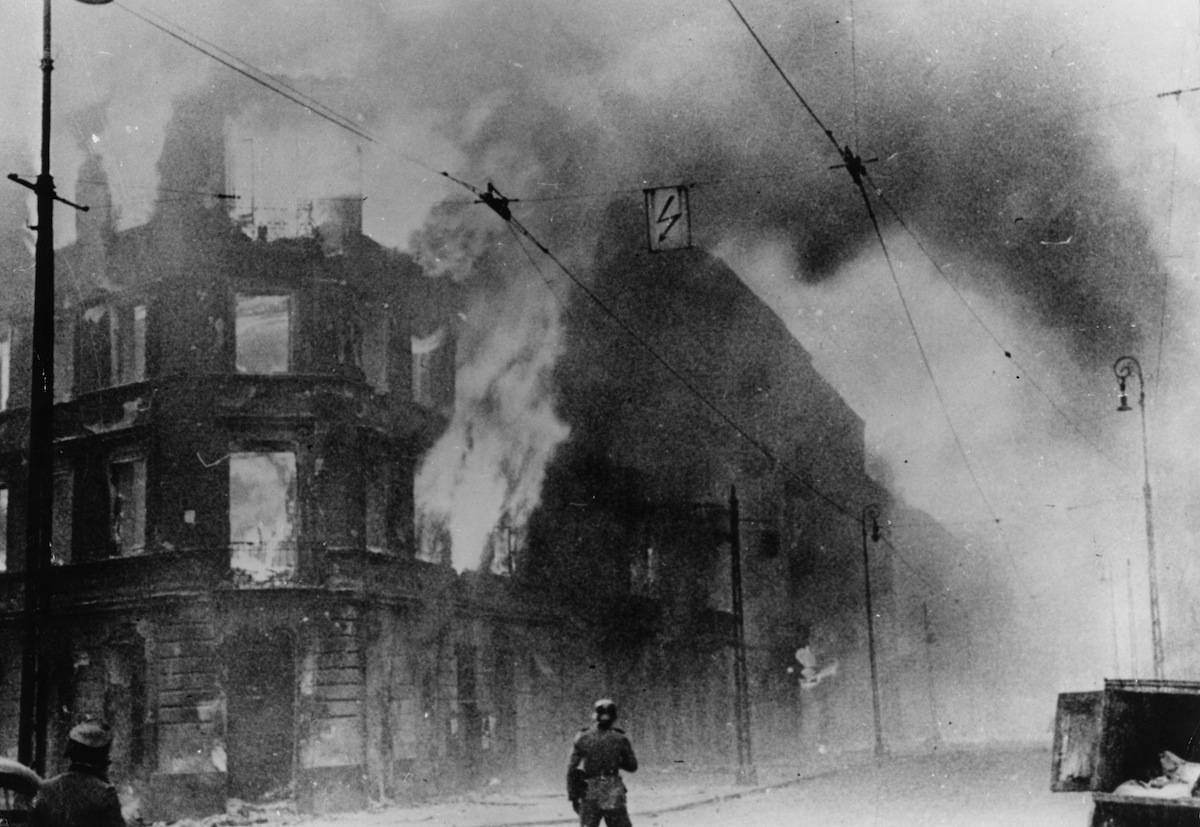
The calendar year is full of dates that could be chosen for Holocaust Remembrance Day. Some, like January 27, the day of the liberation of Auschwitz, are recognized internationally. And, as Allied forces moved through Europe liberating Nazi death camps throughout early 1945, those dates continue to amass. So why is this Thursday, April 16, marked as Holocaust Remembrance Day in the United States and elsewhere?
As the United States Holocaust Memorial Museum explains, the date corresponds with the 27th of Nisan on the Hebrew calendar, which in 1943 — on April 19 in the Western calendar — marked the beginning of the Warsaw Ghetto Uprising. Though the date may appear to move around from year to year, it’s always on that anniversary.
The once-vibrant Jewish community of Warsaw was forced into a ghetto on the Jewish holy day of Yom Kippur in 1940, stuffed into an area scarcely bigger than a square mile, deprived and diminished and finally deported, as TIME’s Lance Morrow explained in a review of a 2002 book of eyewitness accounts of the infamous ghetto. As the population of the ghetto dwindled, some who remained began to organize for combat. On April 19, 1943, as the Jewish holiday of Passover approached, Nazi forces entered the ghetto with the intention of sending all of its remaining residents to camps — only to encounter the uprising. The Jews of Warsaw managed to fight back for weeks.
It would take years before the Nazi forces were finally suppressed in Warsaw and elsewhere, but the uprising was nearly immediately a touchstone for remembrance. By 1948, on the fifth anniversary, TIME reported on one such memorial:
Last week, on the fifth anniversary of the ghetto uprising, 12,000 Jews assembled on the spot where the first shots were fired. There they dedicated a monument to the heroes of the ghetto and to the 3,500,000 other Jews killed in Poland.
Delegations of Jews from 20 nations, including the U.S., laid wreaths and banners against the monument—a wall built of broken bricks from the ghetto‘s rubble piles. Mounted in a front niche was a bronze plaque showing armed men & women straining toward freedom.
These were moving symbols to the Jews of Warsaw. But what they liked best, perhaps, was the shining granite that sheathed the monument’s wall: it was some of the Swedish granite that Adolf Hitler had ordered for his monument in Berlin.
Read the full 1948 account, here in the TIME Vault: Shining Granite
Read next: Attacks Against Jews Spiked in 2014, Israeli Researchers Say
Color Photos of Hitler Among the Crowds
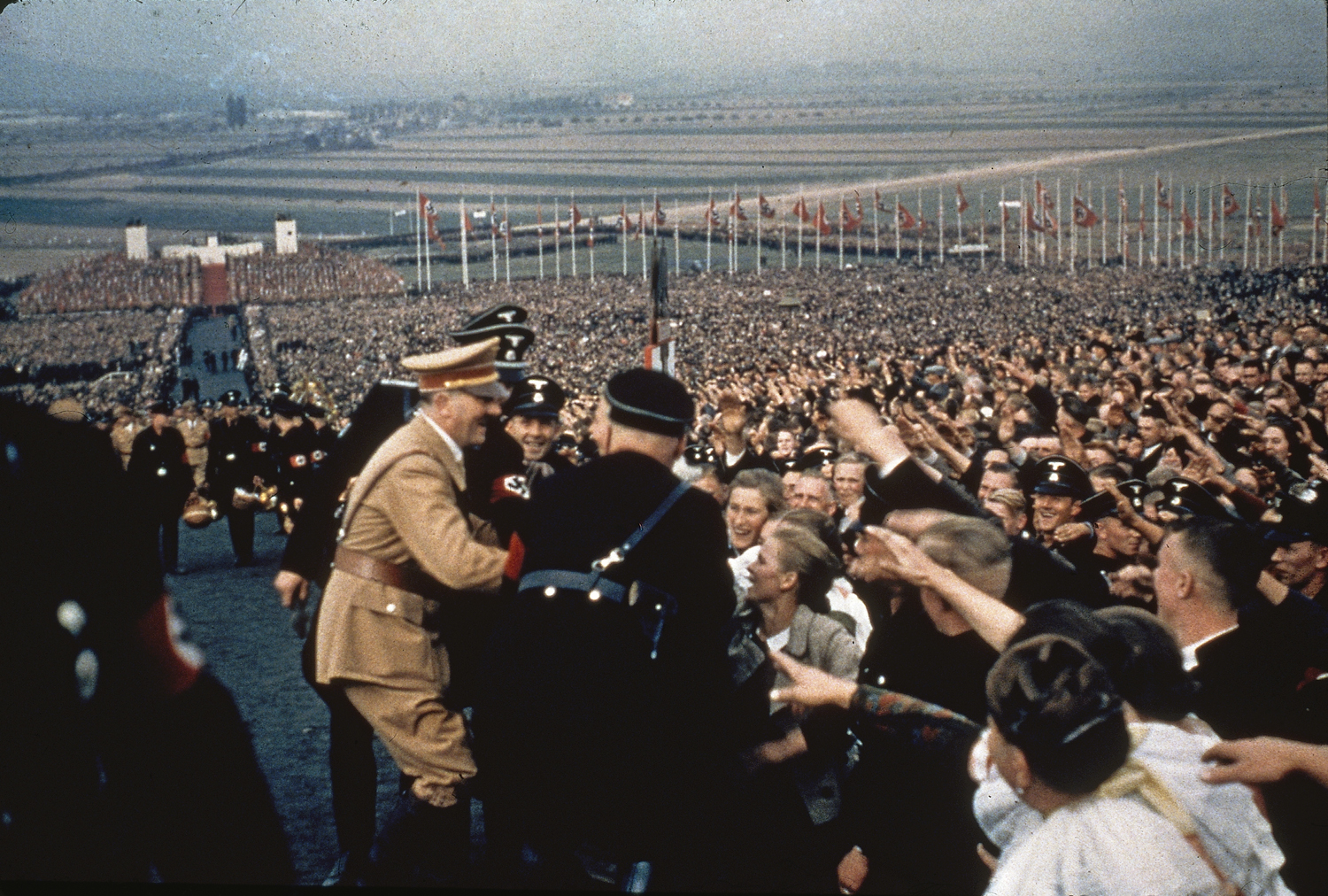
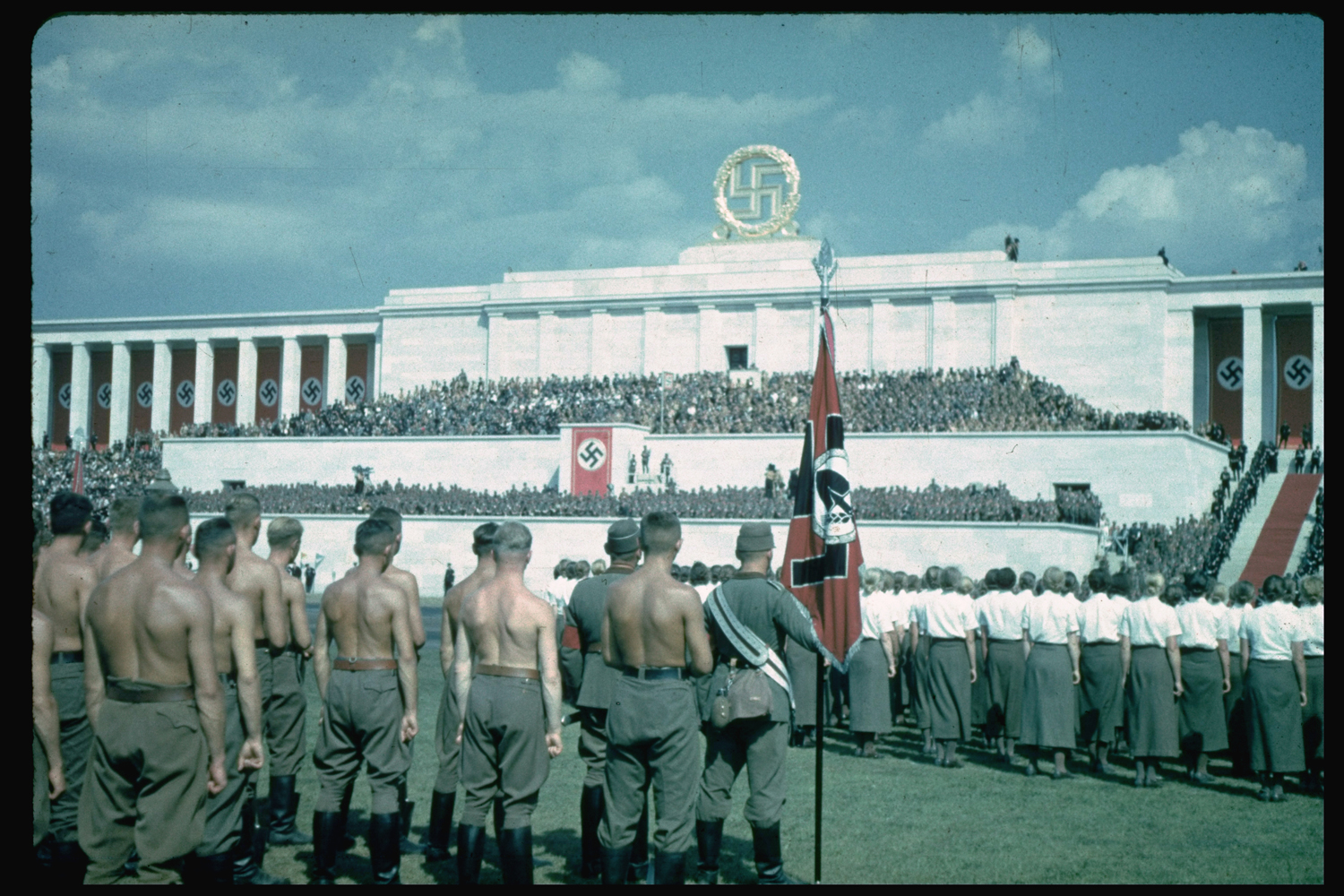
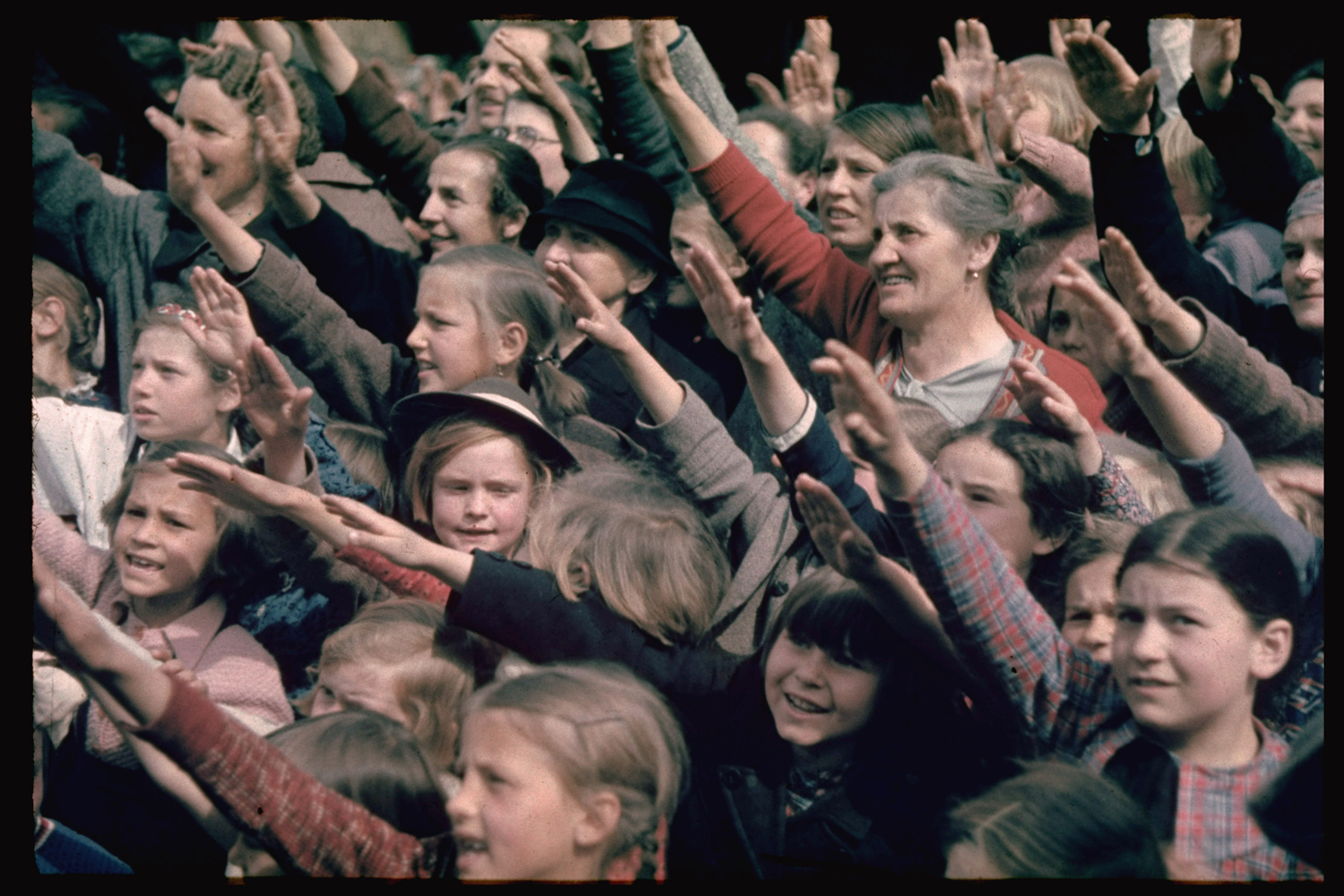

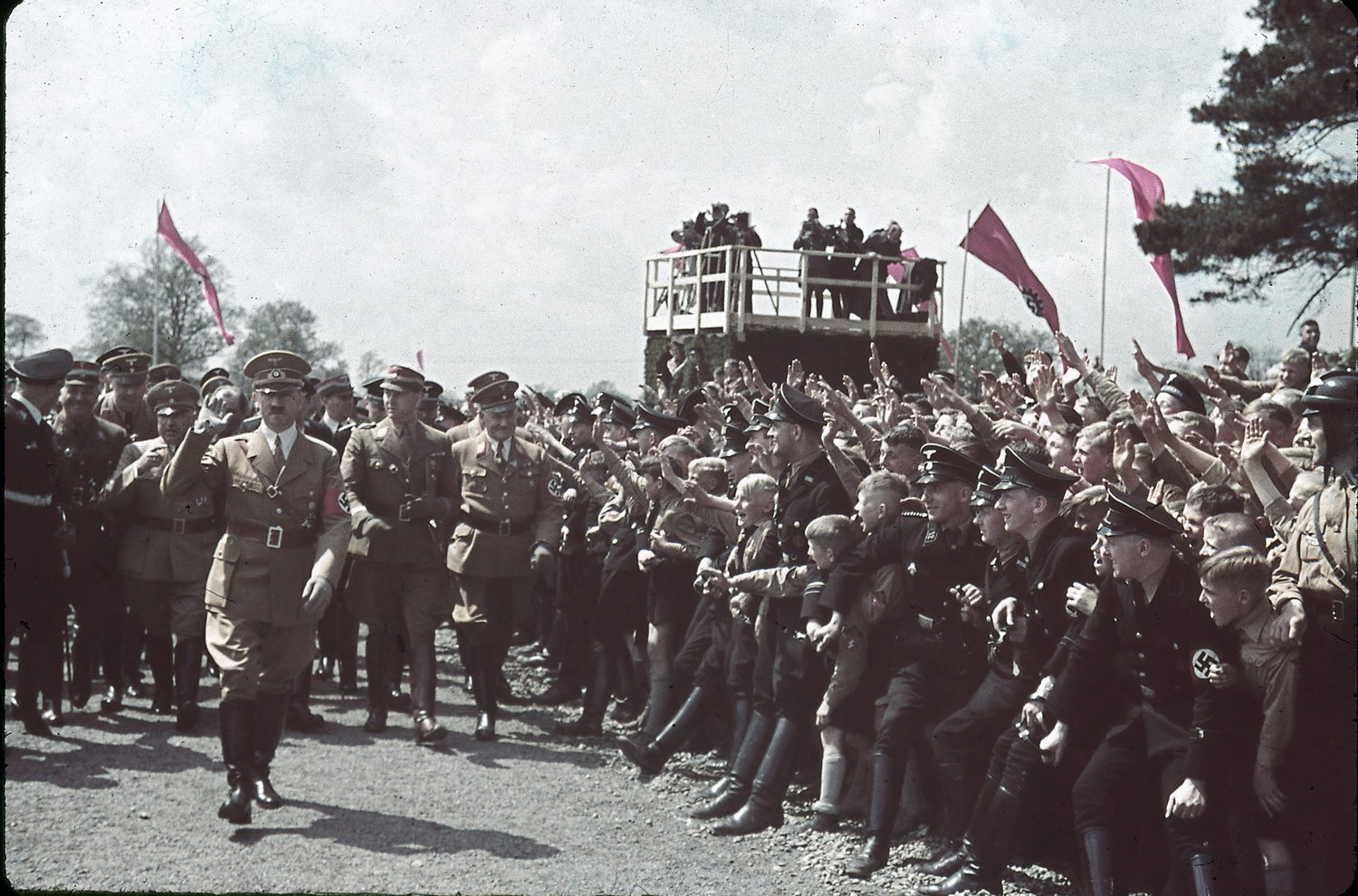
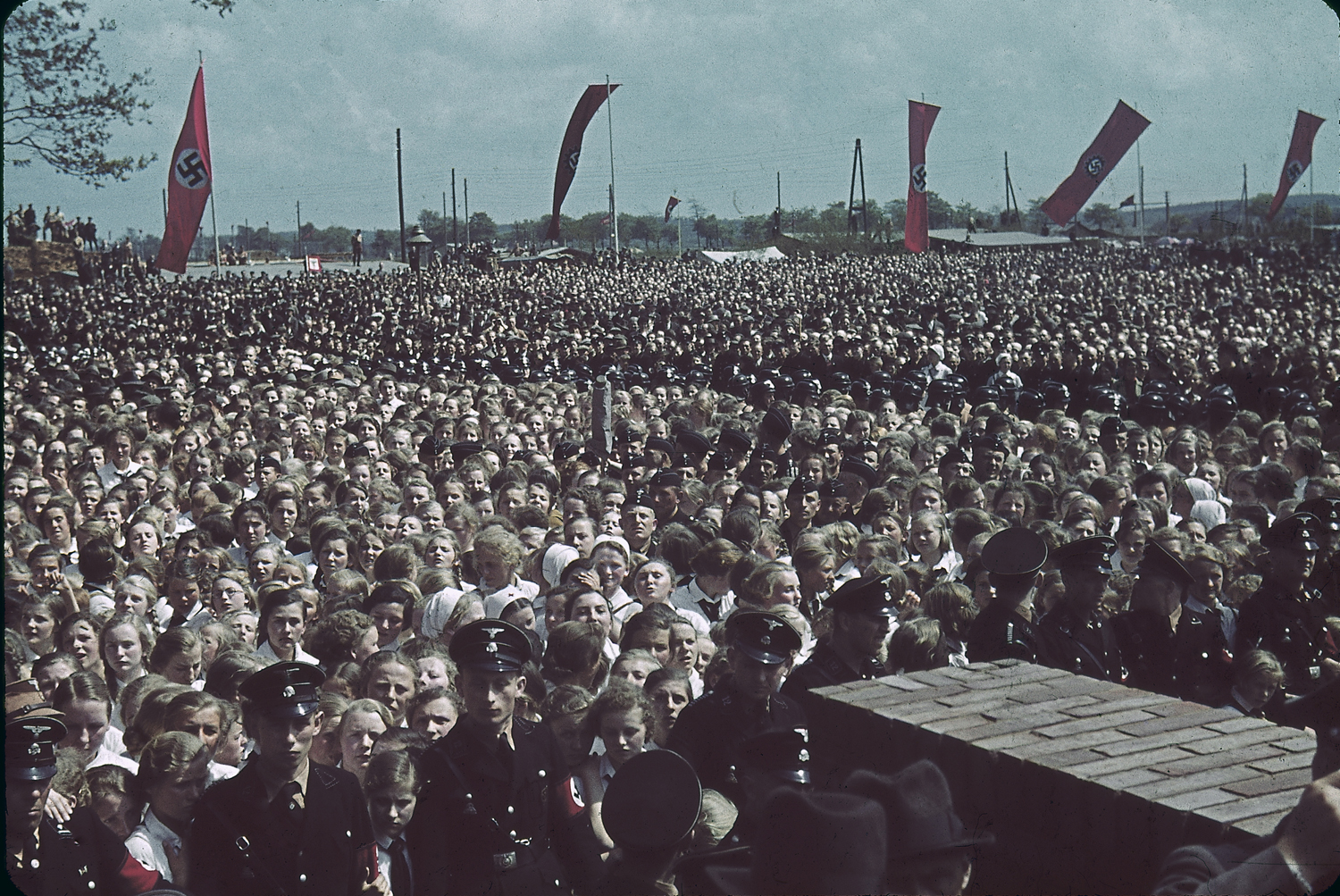
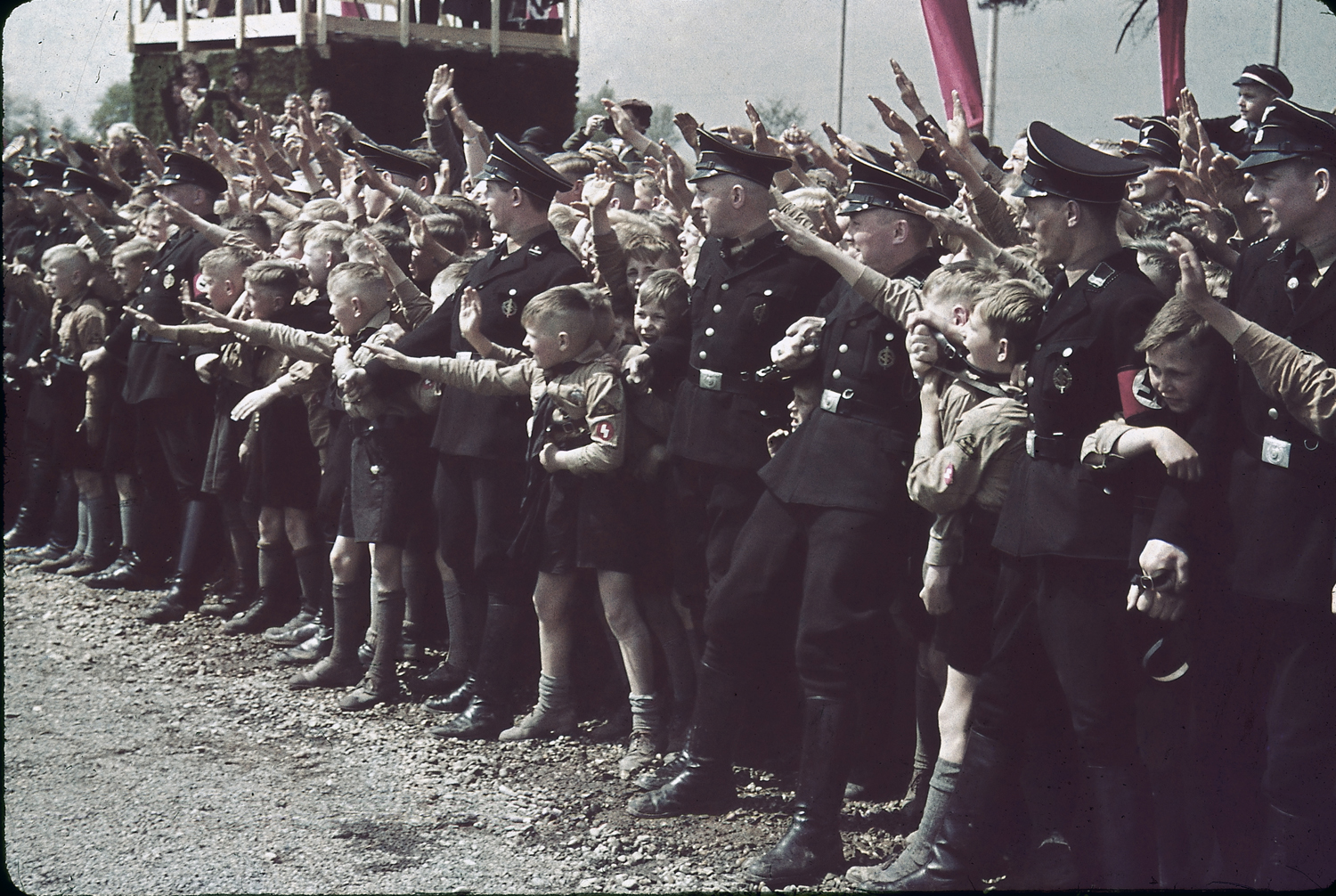
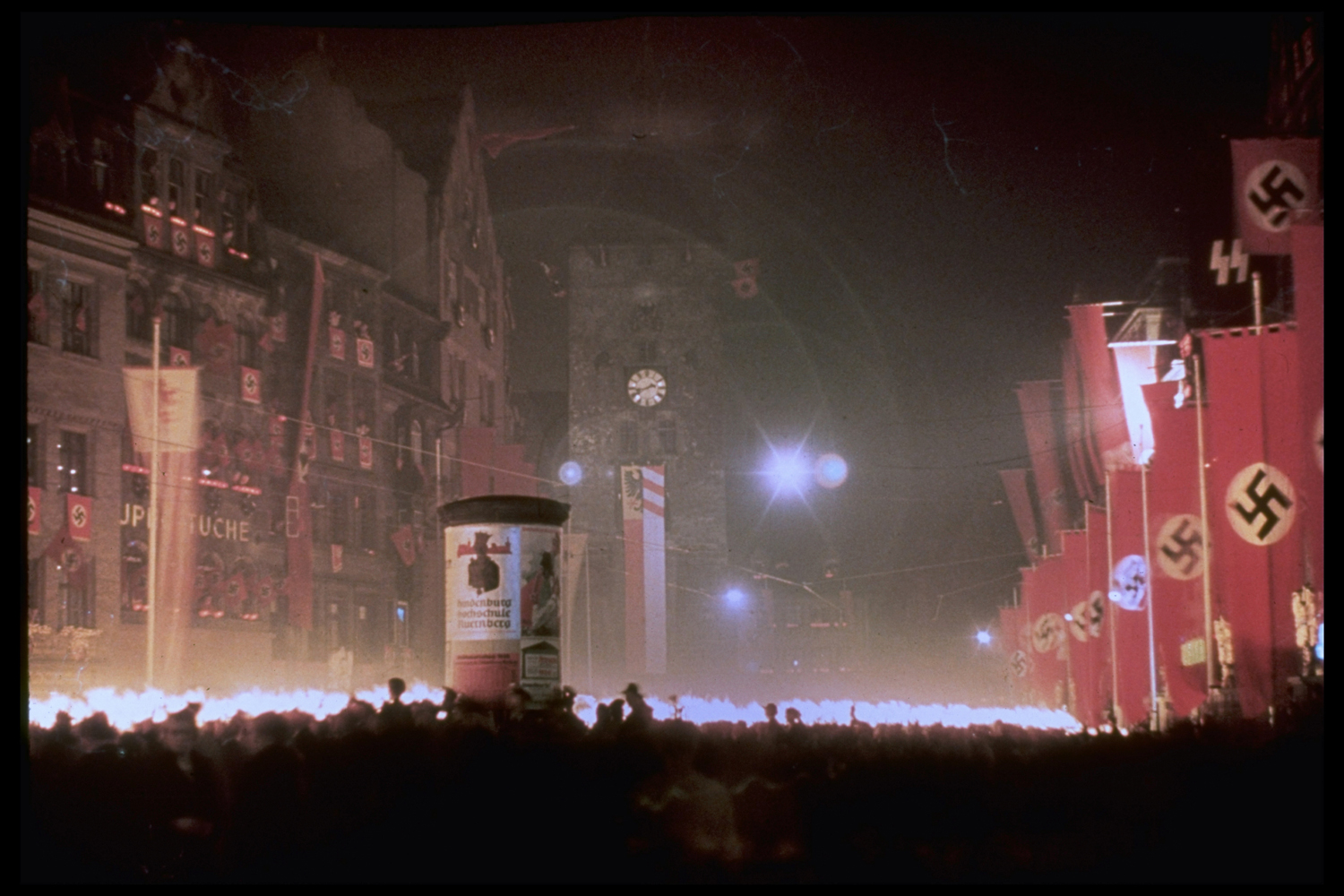

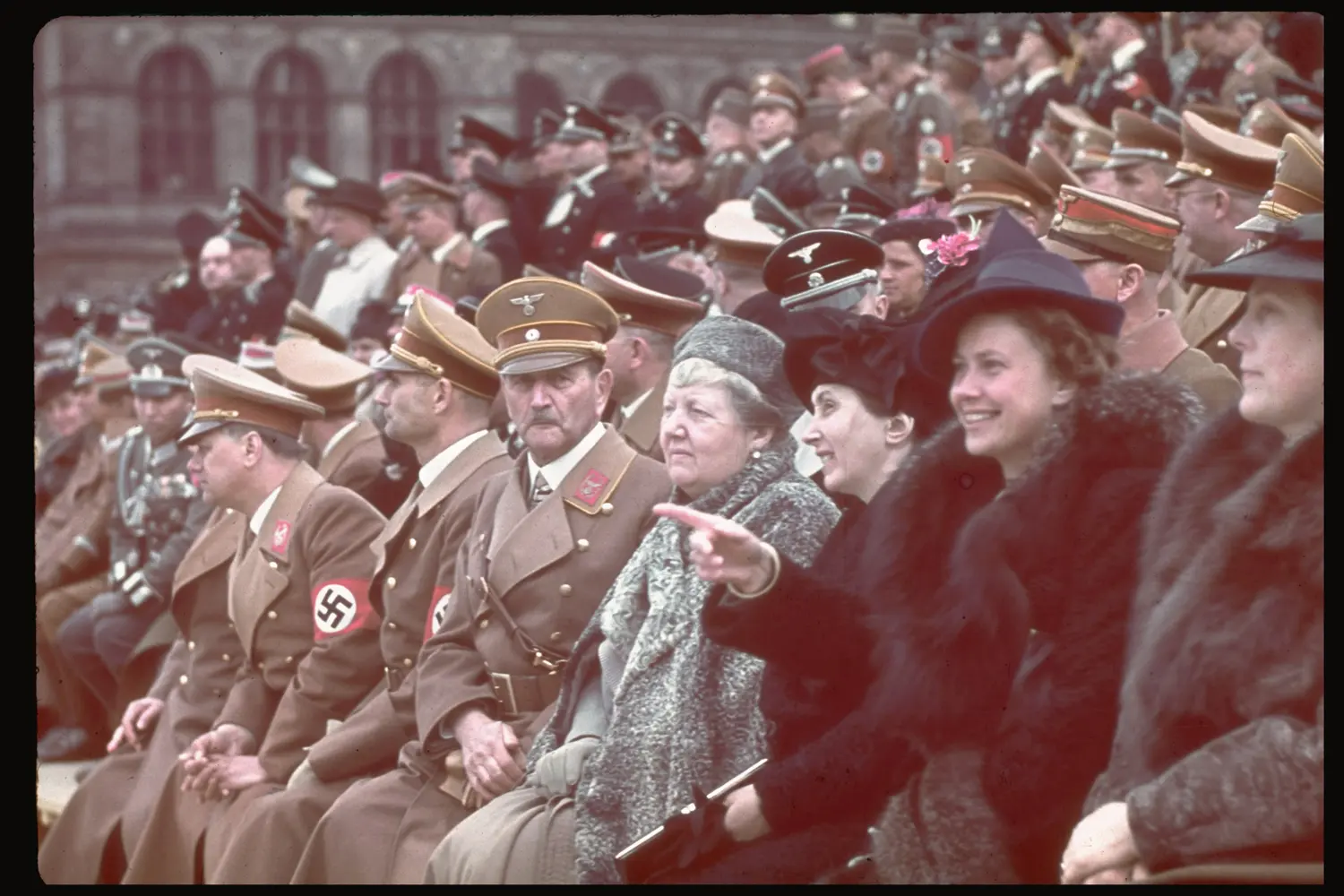
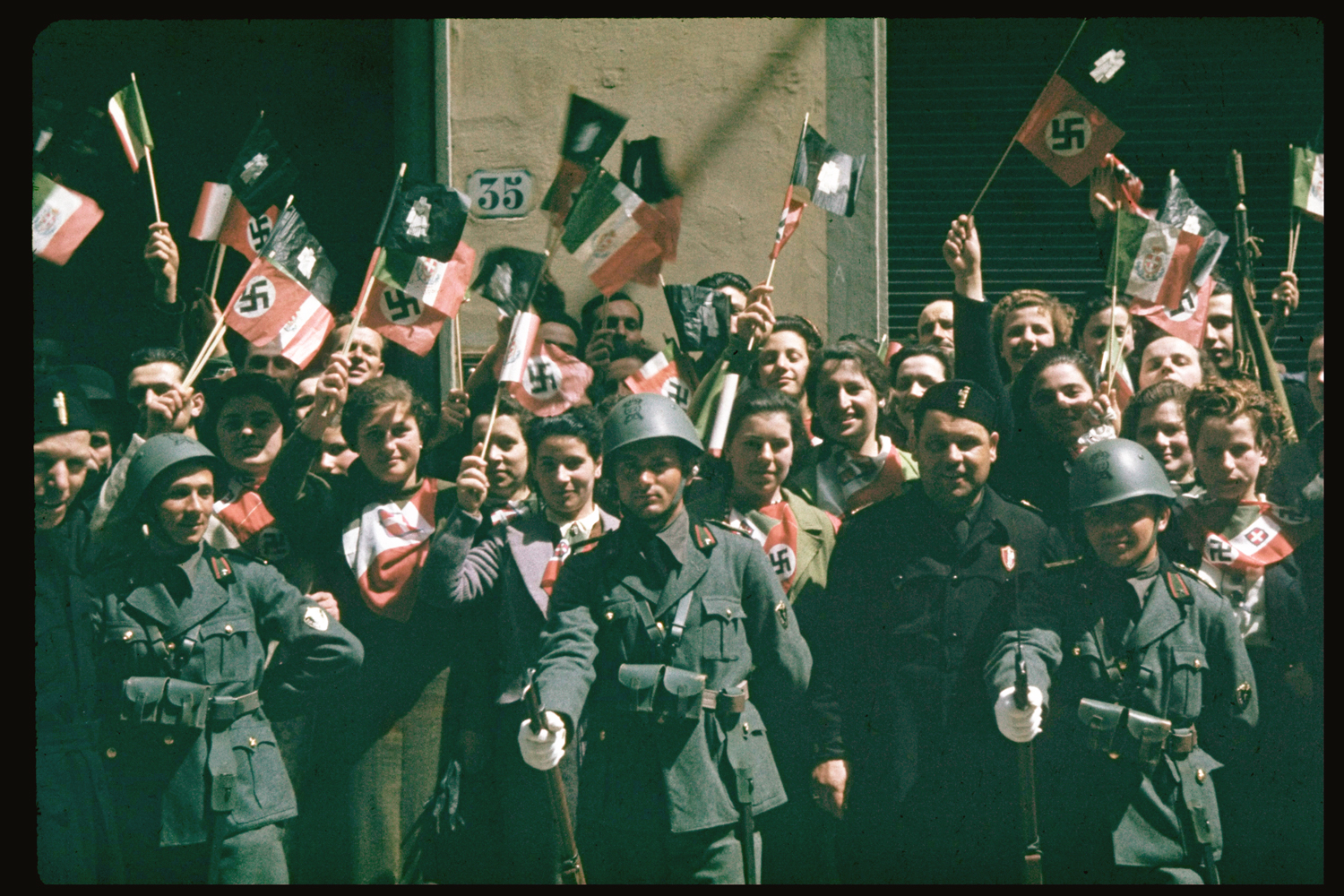

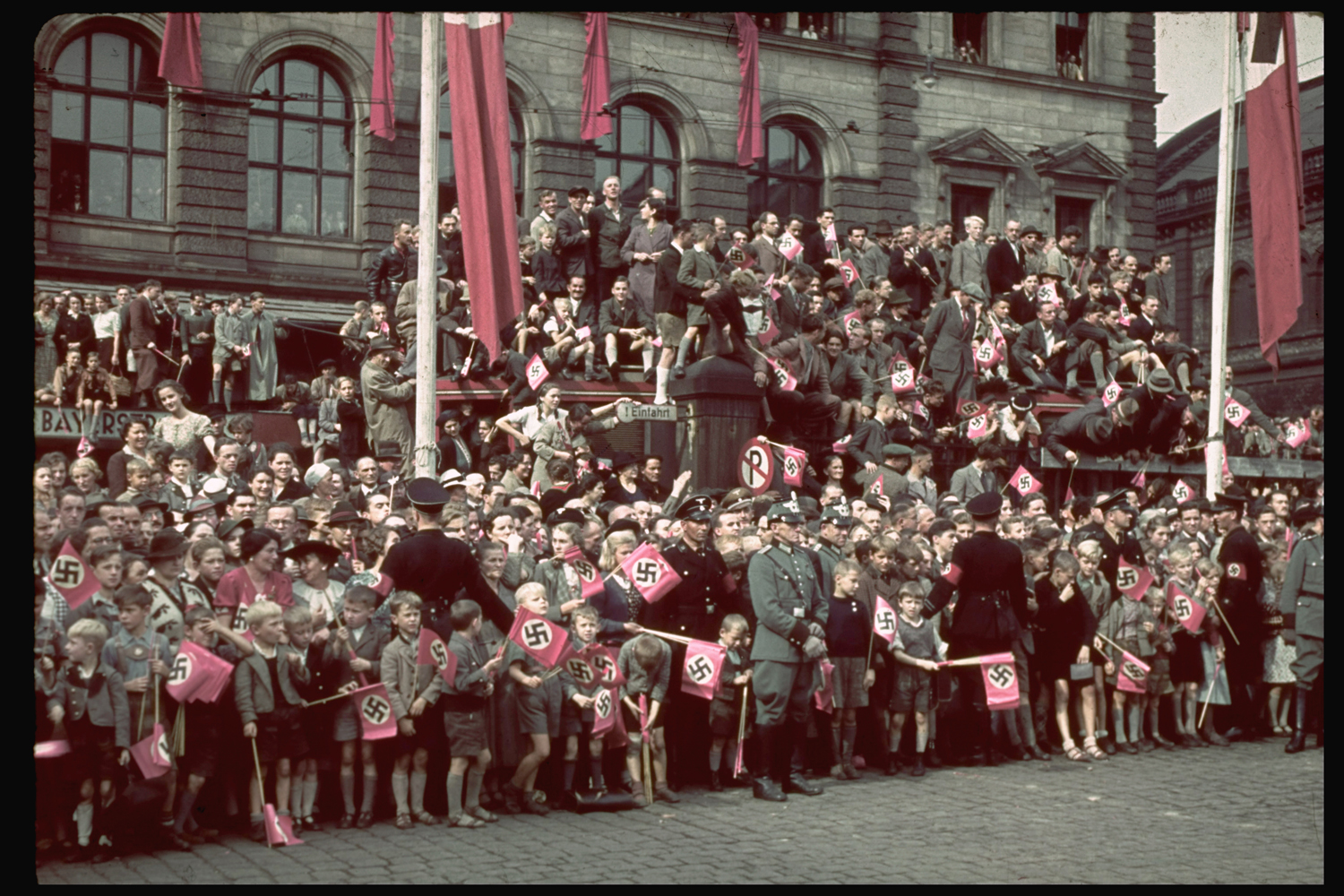
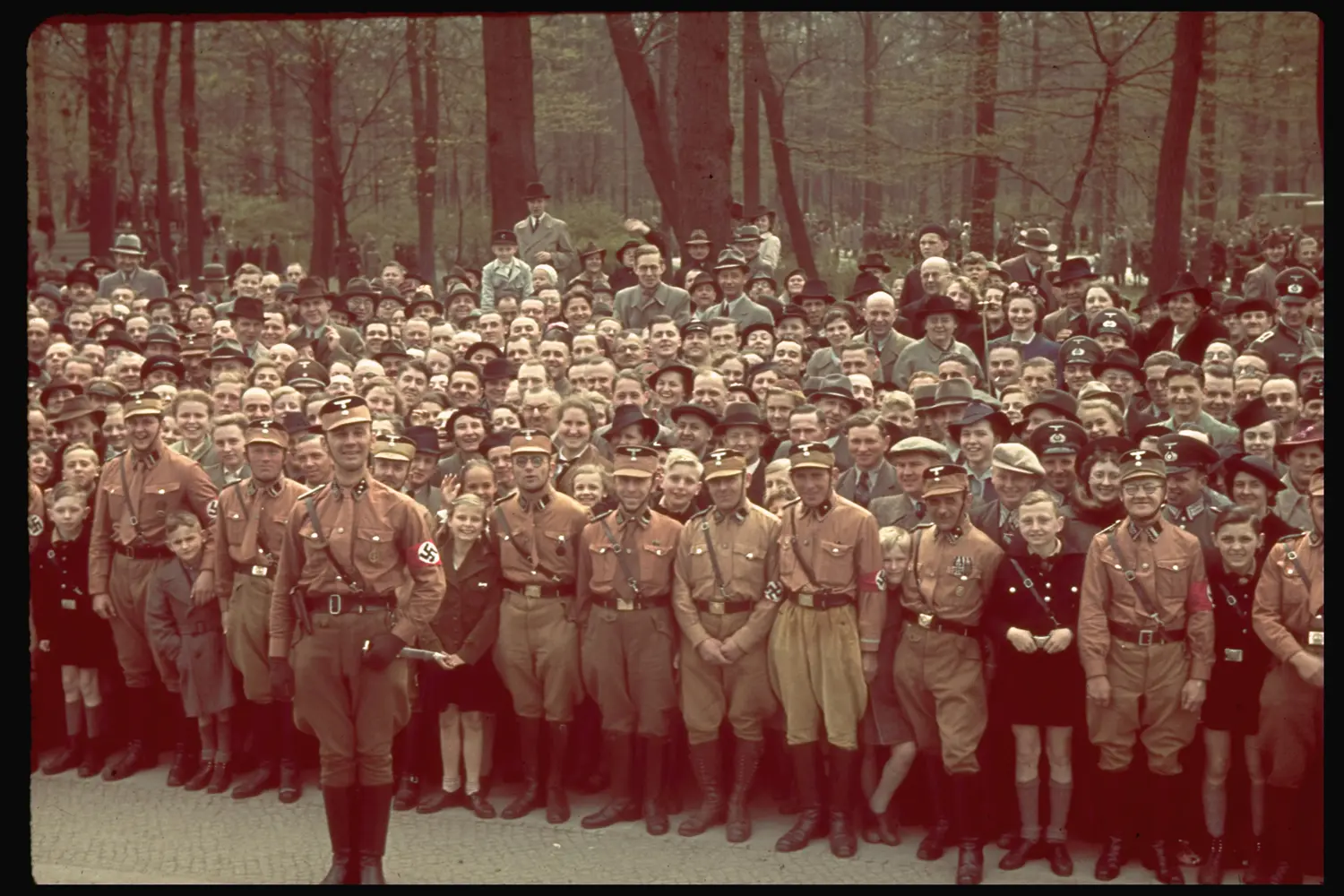
More Must-Reads from TIME
- Cybersecurity Experts Are Sounding the Alarm on DOGE
- Meet the 2025 Women of the Year
- The Harsh Truth About Disability Inclusion
- Why Do More Young Adults Have Cancer?
- Colman Domingo Leads With Radical Love
- How to Get Better at Doing Things Alone
- Michelle Zauner Stares Down the Darkness
Write to Lily Rothman at lily.rothman@time.com